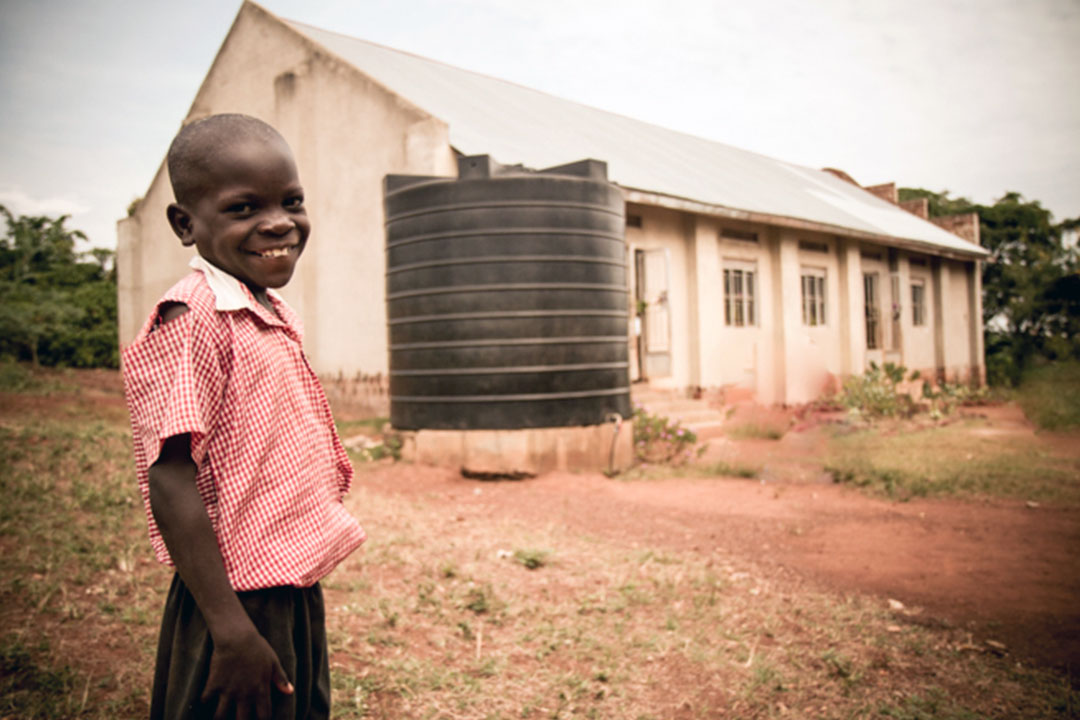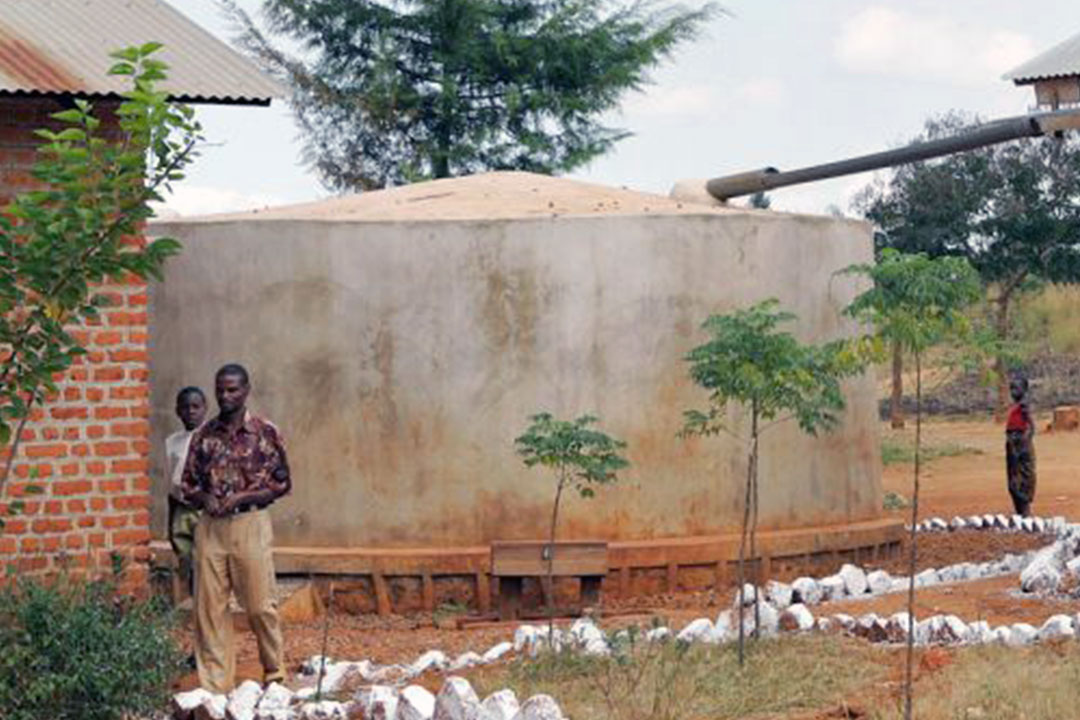However, a latest study done jointly by Stockholm University and ETH Zürich researchers has found that rainwater almost everywhere on earth has unsafe levels of ‘forever chemicals’ and therefore dangerous to drink.
According to their findings, no matter where it rains on earth, the water contains per-and poly-fluoroalkyl substances (PFAS) – a large family of human-made chemicals known as ‘forever chemicals’ because they don’t break down in the environment.
Their non-stick or stain repellent properties can be found in household items like food packaging, electronics, cosmetics, and cookware.
“There has been an astounding decline in guideline values for PFAS in drinking water in the last 20 years,” says Ian Cousins, lead author of the study and professor at the Department of Environmental Science at Stockholm University.
The health risks of being exposed to these substances have been linked to fertility problems, increased risk of cancer and developmental delays in children.

During periods of water shortage, most people in East Africa turn to rain-fed pots or cisterns as the alternative water supply. In Uganda, rainwater harvesting is widely practised in most rural areas and is supported by both government and donor organisations promoting the practice.
In rainwater harvesting households, a separate study by the United Nations University found that usage instructions (including waterborne health risks) were not sufficiently supplied to rural households.
In the next quarter, Last Drop Africa will roll-out plans to build the capacity of local mobilisation structures such as Village Health Teams (VHTs), local council chairpersons and Partners to increase knowledge of water collection, hygiene, purification and treatment before consumption.
In rural Uganda, rainwater contamination worsens at the collection stage according to Edward Nimusiima, the Co-Founder of Last Drop Africa.
“Some of the methods used to collect rainwater are themselves harmful to people’s health. The rainwater jars are seldom cleaned before the next rain, the water collected in ferro-cement tanks and plastic water tanks is not treated with aqua tabs due the cost. Our goal is to increase the awareness and uptake of simple, scientifically proven local water purification methods,” he said.
Water.org reports that at least 7 million Ugandans do not have access to clean water. Rainwater harvesting remains the best possible solution for households in water stressed areas in Africa.
Despite the changes in climatic conditions, Uganda is lucky to still receive an average rainfall of 1200mm per year with a minimum of 500mm in the semi-arid north-eastern region. Areas around the Lake Victoria basin can receive a maximum of over 2300mm rainfall per year.
“If we can sensitise local communities about water treatment and provide low-cost technologies for rainwater harvesting, we can ably solve the problem of clean water access and subsequently promote sanitation and good hygiene which in turn will bring about good health – that is about four Sustainable Development Goals (SDGs). Talk about hitting four birds with one stone,” Nimusiima added.

